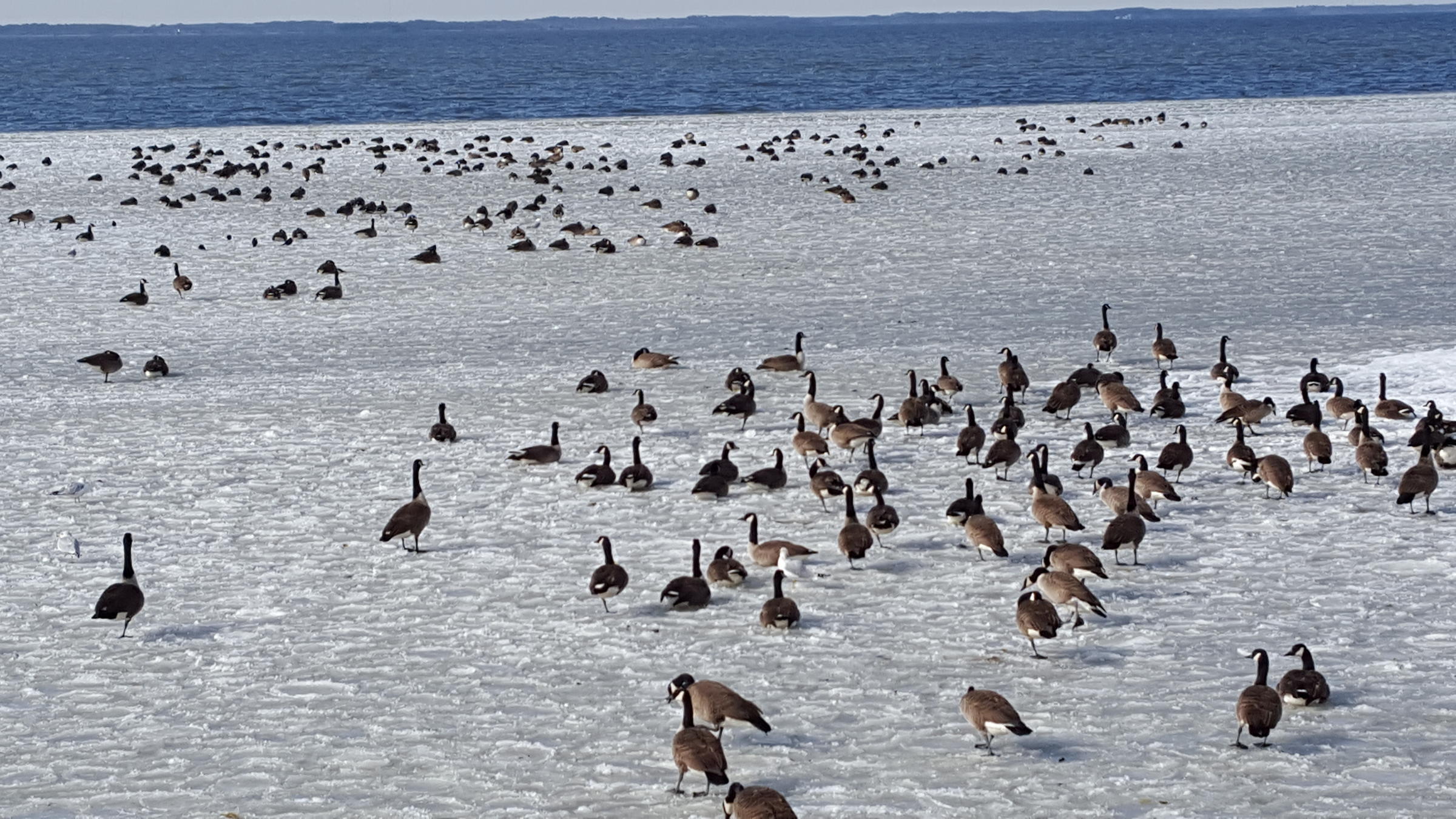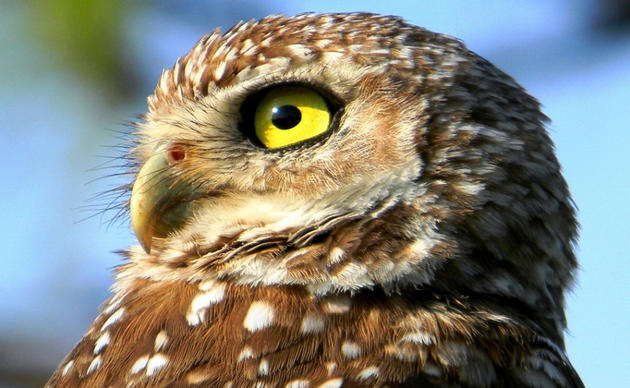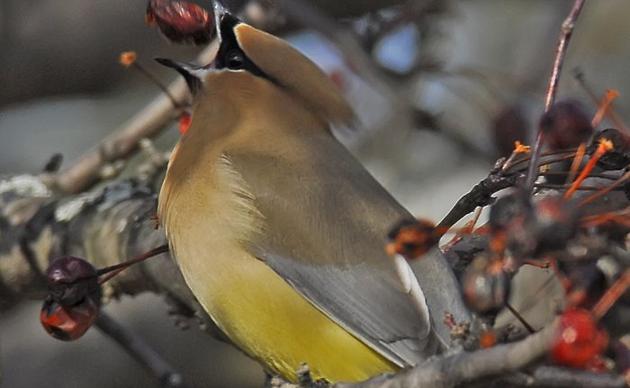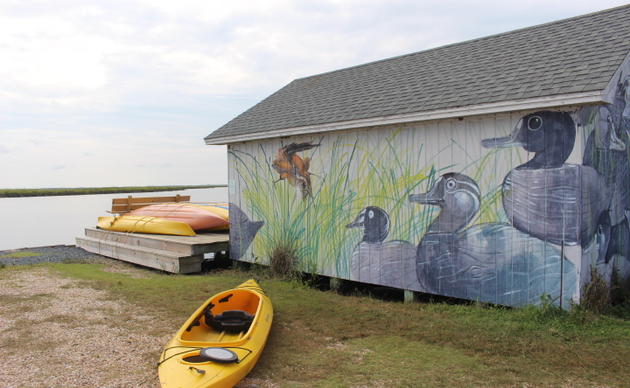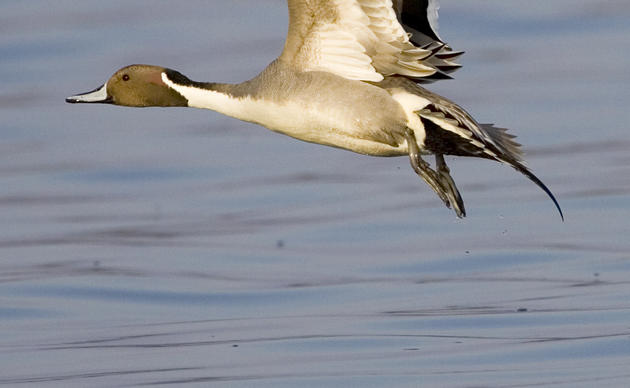The Donal C. O'Brien, Jr. Sanctuary is a stopover spot for many migrating waterfowl during cooler months.
September
Starting in September, bird watchers will begin to see Blue-winged Teals passing through while they're in transit to their various migratory destinations in the Caribbean, the Gulf Coast, Mexico, and Central and South America. As long-distance migrants, Blue-winged Teals must leave their U.S. and Canadian breeding grounds earlier in the fall to accommodate their extended travel routes. The ducks’ stay in Corolla is often fleeting, as they merely use the area as a stopover to collect sustenance and rest, before continuing on their journey.
October - November
Between October and November, Outer Banks visitors should notice a surge in the number of migrants, including American Black Ducks, Mallards, Northern Pintails, Green-winged Teals, American Wigeon and Gadwall. The dowdy brown- and gray-feathered Gadwalls are often overlooked, especially when sharing a habitat with the brightly colored Teals. An interesting way to identify Gadwalls is by noting their feistiness; they are the pirates of the bird world as they often snatch food from diving ducks as they surface.
According to Chandler Sawyer, Audubon’s habitat manager, some years many ducks will stay in the area throughout the cold season, while other years they merely stop over for one to two weeks before moving on to another site.
November
Tundra Swans, one of the only two native North American swan species, typically begin overwintering on the Sanctuary during November. Overall, North Carolina provides refuge for more swans than any other state on the East Coast. Nearly 65,000 to 75,000 will migrate to North Carolina each fall, taking advantage of the abundant food sources here. Swans can be seen in high numbers at the nearby Pocosin Lake Wildlife Refuge.
December
As the end of the year approaches, Greater Scaup become more prominent around the island. Greater Scaups have many nicknames across the states, including bluebill, blackhead, greyback and shuffler. Birders are divided on whether the bird earned the name "Scaup" from the "scalps," or shellfish, that it eats, or as a result of the sound of its call of "kaup! kaup!" Keep your ears alert in December and January for their call.
Sign-up for our eBulletin to receive updates of seasonal birds arriving. Visitation to the Sanctuary is by appointment only. Contact Robbie Fearn for more information.
How you can help, right now
Stay in Touch with Pine Island
Learn about the bird conservation research taking place at Pine Island and find nature-focused events happening at this Important Bird Area along the Outer Banks in our periodic eBulletin.
Kayak Sign-up
Click Orange Button to register for Guided Kayak Programs
Protect the Sanctuary
Every donation will be used to protect the 6,000 acres of marsh complex within the sanctuary and the wildlife it supports.

